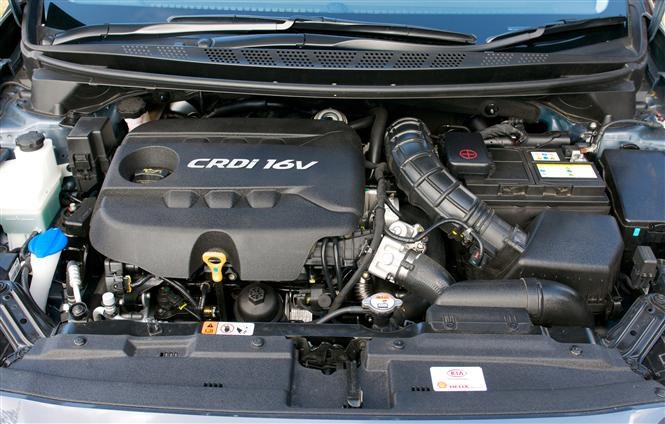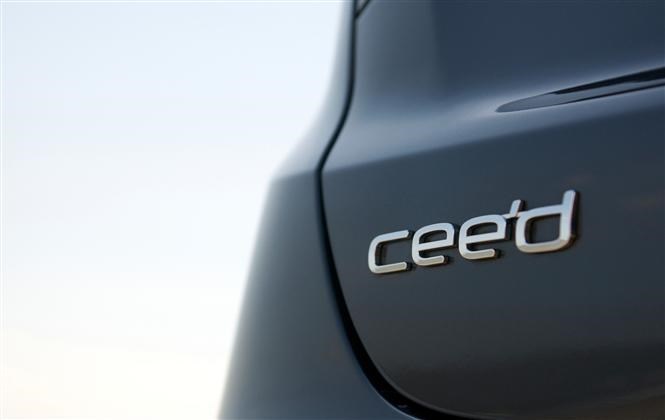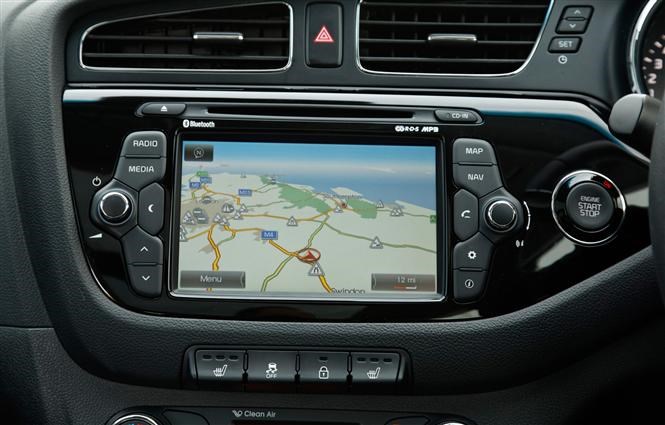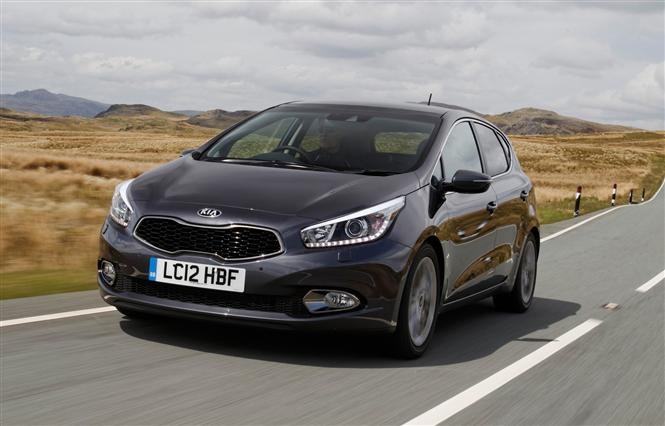The Kia Ceed is a slightly left-field alternative to conventional hatchbacks such as the VW Golf and Ford Focus. It has plenty to recommend it, such as modern, stylish looks, low running costs and of course Kia’s seven-year transferable warranty.
There’s quite a bit to decipher in the Ceed range, so we’ve taken the hassle away by showing you which version we’d pick and why.
Which body style?

The Ceed is available as both a five-door hatchback and an estate dubbed ‘Sportswagon’, but which would we choose? It won’t surprise you to learn the estate body style has the bigger boot. It measures 528 litres with the rear seats in place, expanding to 1,642 litres when the seats are folded flat.
For the hatch the boot’s capacity is 380 and 1,318 litres respectively, so it’s noticeably smaller but still on a par with rivals. In fact, the VW Golf has exactly the same sized luggage space. The Ford Focus has significantly less, at 316 litres with the rear seats up.
Since there’s around a £1,000 premium placed on the list price of the estate, we’d suggest in this case it’s better value for money to settle for the already pretty practical five-door hatchback. The sales figures for the Ceed reflect our opinion too, where the hatch is outselling the Sportswagon by almost two to one.
Engine choices

The range of engines includes two petrols and two diesels – a 1.4-litre and a 1.6-litre of either. There’s also a choice of gearboxes, the diesels and smallest petrol engine using a six-speed manual while the 133bhp 1.6 petrol either as a six-speed manual or automatic. Unfortunately thanks to relatively high CO2 emissions of 140g/km we’re going to have to disregard the automatic cars. The amount of tax you’ll have to pay will just be too high.
As is often the case, the sensible choice for a company car driver is a diesel engine. You’d be forgiven for thinking that smaller is better in this case – surely it’d be cheaper to run. While technically that’s true, the Ceed range includes a very good engine in the 1.6-litre CRDi unit. Crucially, while it’s more efficient than the 1.4 it also has more power, which means it’s better to drive too.
What we’re left with is a 126bhp car that’ll cover 0-62mph in 10.9 seconds as opposed to the 13.5 seconds the same sprint takes in the 1.4-litre car. You’re really going to notice that sort of performance difference.
Picking a trim level

You’ve got six trim levels to pick from in the Ceed range, but where’s the sweet spot? The sales figures dictate that a Ceed 2 is the most popular, and you do get a lot of kit thrown in at that level. Highlights from the equipment list include air conditioning, 16-inch alloy wheels, reversing sensors, cruise control and Bluetooth connectivity.
We wouldn’t stop there, though. Our readers often tell us that company car drivers really value a sat-nav, and to get that you’re going to need to pay a £2,590 premium and go for 3 spec. As well as the navigation system you also get a handy reversing camera and a more high-tech dual-zone air conditioning system.
Moving further up to 4 specification doesn’t seem like such a wise move to us, though. While leather seating and 17-inch wheels are nice to have, we don’t think they warrant the extra £2,910 on the list price.
Optional extras

While Kia dealerships will be happy to sell you some dealer-fit optional extras such as tow bars and boot linings, as a rule the firm chooses not to offer much in the way of individual personalisation for the Ceed.
Since the trims are so heavily laden with equipment there’s just no call for anything more. We’ve picked a trim with everything we need, so we’ll leave it there.
Verdict
Our ideal derivative for a company car driver is the Ceed 3 1.6 CRDi. This model emits 100g/km of CO2 meaning Benefit-in-Kind taxation is payable at 16 percent. It’ll cost a 20 percent tax payer £53 per month.







